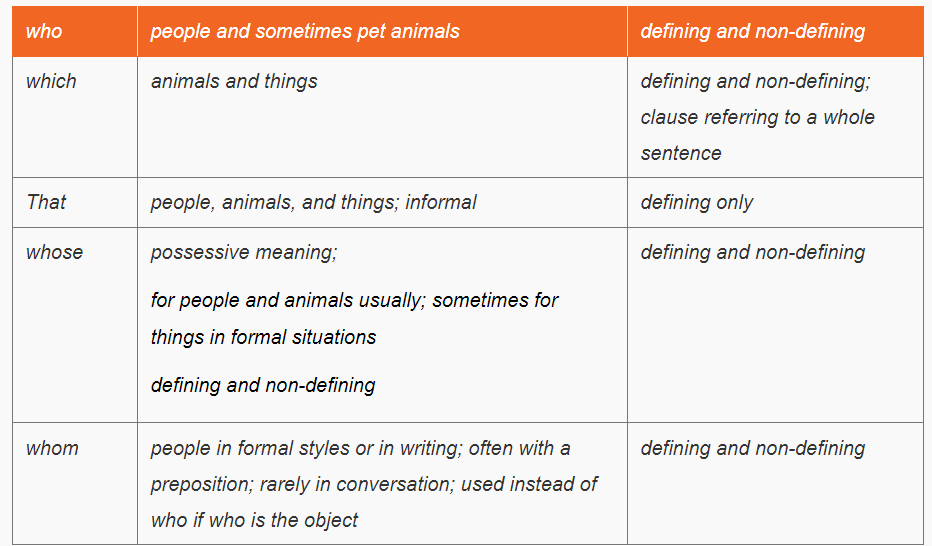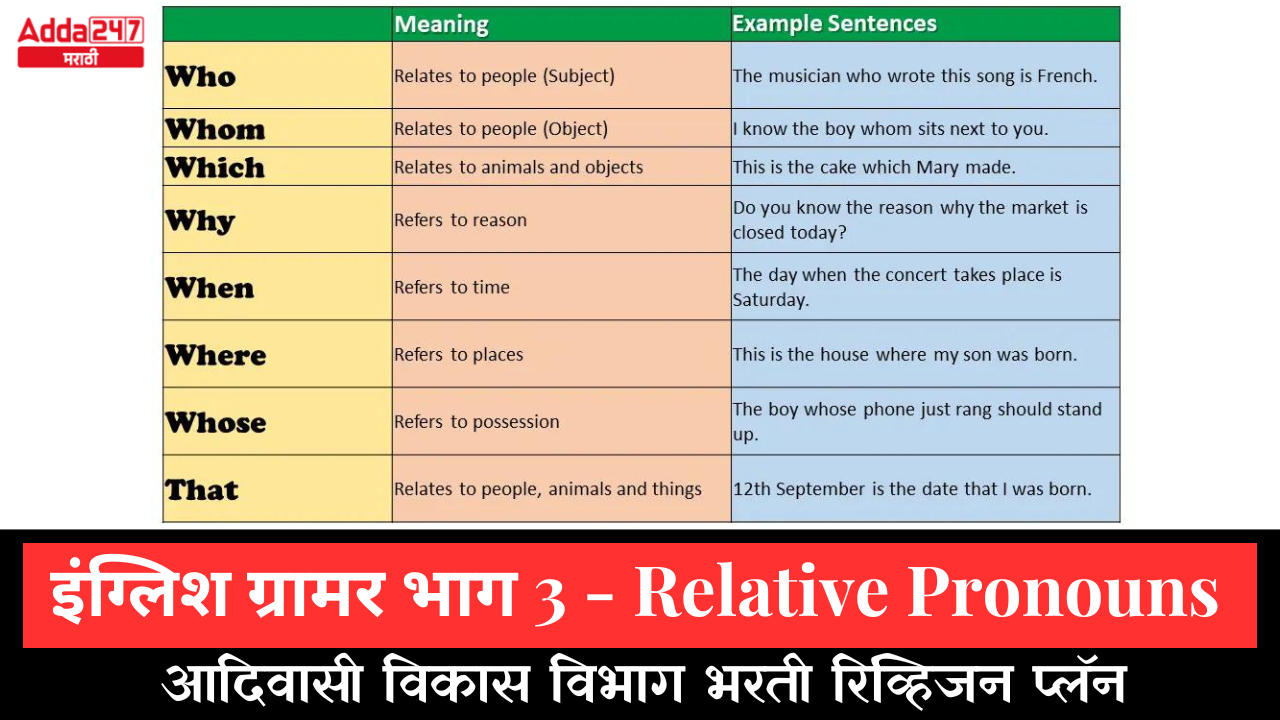Table of Contents
Relative Pronouns
Relative pronouns are words used to connect independent and dependent clauses. A relative pronoun is intended to provide more information about the subject (noun or pronoun) to which it refers. These relative pronouns are also called adjective clauses because they function like adjectives.
Relative Pronoun Definition
According to the Collins Dictionary, “A relative pronoun is a word such as ‘who’, ‘that’ or ‘which’ that is used to introduce a relative pronoun.” The Macmillan Dictionary gives a similar definition of relative pronouns: According to them, “It is pronouns such as ‘who’, ‘that’ and ‘the’ that introduce relative clauses in sentences.”
Relative Pronoun Meaning
A relative pronoun is a type of pronoun that introduces a relative clause. Relative clauses provide additional information about a noun or pronoun in the main clause. They help to combine two related ideas into a single sentence. Relative pronouns also serve as the subject or object of the relative clause.
What is a Relative Pronoun
Common relative pronouns include:
- Who: Used to refer to people.
The person who is sitting next to me is my friend. - Whom: Also used to refer to people, particularly in more formal contexts. Often used as the object of a verb or preposition.
The woman to whom I spoke is the manager. - Which: Used to refer to animals or things.
The book which is on the table is mine. - That: Used to refer to people, animals, or things. More commonly used in restrictive clauses.
The car that I bought is blue. - Whose: Indicates possession or relationship.
The student whose assignment was excellent received a high grade. - Whichever: Used to refer to one or more choices.
You can choose whichever book you like. - Whatever: Used to refer to anything or everything.
Whatever you decide, I’ll support you. - Whoever: Used to refer to any person or people.
Whoever needs help can come to me.
Relative pronouns help provide context and detail to a sentence, and they help avoid repetition by connecting related ideas. It’s important to note that the choice of a relative pronoun depends on the noun it refers to and its role within the relative clause.
Relative Pronoun Examples with Answers
Some Relative pronoun Examples are given here. Relative pronouns are used to form complex sentences and act as a conjunction.
- Where – Refers to a place
Example- I know the place where you live.
- Who – Refers to a person (the noun/pronoun/subject which does the action)
Example- Police know who stole the necklace.
- Whom – Refers to the object (the noun or pronoun that receives the action)
Example- The child whom they found was sent to an orphanage.
- Whose – Used to show possession of something or someone
Example- This is my friend whose dress I am wearing.
- When – Refers to a time
Example- I don’t know when he will give me my money back.
- That – Used in a defining clause that refers to a person, animal, or thing
Example- The vase that was on my desk was ancient.
- Which – Used in a non-defining clause that refers to a person, animal, or thing
Example- The cars, which are kept outside are ready for shipment.
Relative Pronouns Uses
Relative pronouns are placed immediately after the noun or pronoun they modify (underlined in the example below). The subject of a sentence is indicated by a relative clause (in italics). Because these phrases describe nouns or pronouns, they are also called adjective phrases because they function like adjectives in a sentence.
Each clause is introduced by a relative pronoun (in italics). Relative pronouns connect the description to the rest of the sentence in an orderly way. See how this works through a few examples.
Examples:-
- The man who dressed like the doctor is the visitor.
- The children, whom we are teaching, are intelligent.
- She is my teacher whose teaching technique is different.
- The book, which you gave me, has amazing information.
- This is the book that everyone is talking about.
Relative Pronouns- Which vs.That
When describing objects and non-living things ‘that’ is used to introduce defining relative clauses (important information and does not require additional punctuation), while which is used to insert non-defining clauses (non-important information separated by commas).
- The hampster, which was in the cage, was running on the wheel.
- The phone, which was ringing, was in my bedroom.
- The cat that is very old needs to see the vet today.
- The cells that we had tested came back as benign.
Relative Pronouns Table
Let’s have a quick review.

Relative Pronouns Exercises with Answers
Select the correct relative pronouns from the following sentences given below and match them with the given answer:
The teacher who told me about the exams has left the job.
The person who gifted me this was my mom.
The car which I bought is not new.
The book that I gave you was my favorite.
The person to whom I gift a precious thing is my fiance.
The people who caught the thieves were the police.
The person that I called yesterday was the stranger.
The house which I sold was very old.
The home that I purchased has a large area.
The student whose pen is lost should hands up.
Children whose parents are wealthy spent more money.
Relative Clauses
A relative clause is a type of dependent clause that provides additional information about a noun in the main clause. It starts with a relative pronoun (such as “who,” “whom,” “whose,” “which,” or “that”) and functions as an adjective, adding details to the noun it modifies. Relative clauses help to clarify and specify the noun by providing more context or description.
Here are some examples of relative clauses:
- Defining Relative Clauses: These clauses provide essential information about the noun they modify. They cannot be omitted without changing the meaning of the sentence.
The book that I’m reading is really interesting.
The student who won the competition is my friend. - Non-Defining Relative Clauses: These clauses provide additional, non-essential information about the noun. They are set off by commas and can be removed without changing the core meaning of the sentence.
My sister, who is an artist, painted a beautiful mural.
The Eiffel Tower, which is located in Paris, is a famous landmark. - Possessive Relative Clauses: These clauses show possession or relationship between the noun in the main clause and the noun in the relative clause.
The man whose car was stolen reported it to the police.
She found the keys which belonged to her neighbor.
Relative clauses are common in written and spoken language, as they allow for the inclusion of descriptive details and additional information without creating overly long or complex sentences. Understanding the distinction between defining and non-defining relative clauses is important for conveying the intended meaning accurately.









